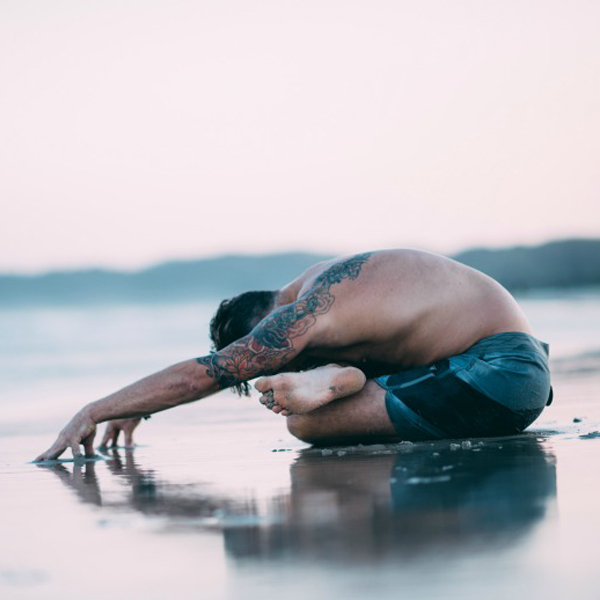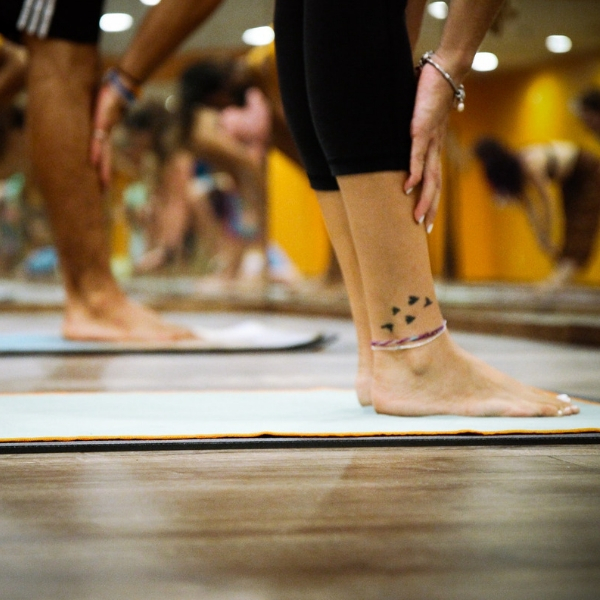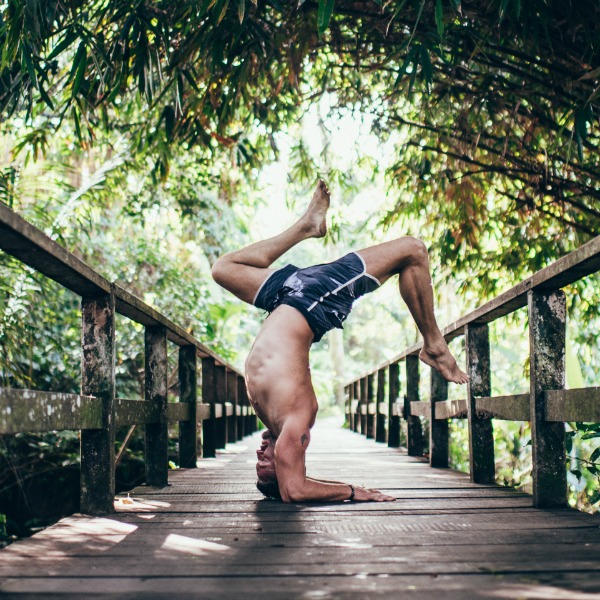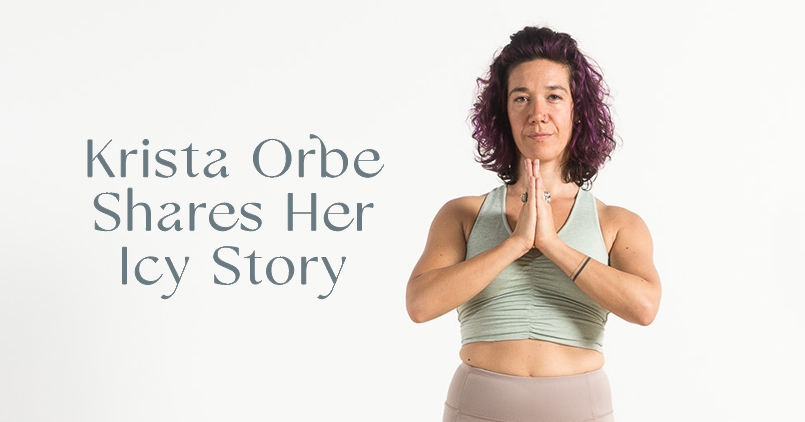04 Mar A Journey Towards Stillness

A huge movement in the modern yoga world today is embracing stillness, through yin yoga.
A gentle approach to opening your body, it provides an amazing balance to offset the vigorous vinyasa or hot, strong styles. Dynamic styles have amazing benefits and are essential in many ways but they must also be complemented by a gentle physical practice.
Vinyasa (or yang) styles of yoga focus on the general wellbeing of contractile elements in the body, like muscles and tendons. It builds muscle strength and endurance, and also builds bone density. It can challenge us emotionally and flushes out negative mental patterns and so forth.
Gentler styles like yin yoga focus on non-contractile elements such as fascia, ligaments and joint capsules. Most people have heard that you should not under any circumstances stretch ligaments. This is correct and good advice but we should stress them regularly with the goal of keeping them healthy. A yin style of yoga asana practice will give you a deeper and more subtle experience in your body through stillness. Over time, this will bring you closer to feeling the very subtle changes that occur when holding a posture for a long time. You can, if you are aware, actually feel the change from contractile tissue stretching, to feeling it relax and the tension being taken up by ligaments, fascia and joint capsules. If this is done very gently it is very healing for the body, because it brings pressure to these non-contractile tissues and allows them to be slowly stressed and safely stretched to accommodate a more balanced feeling, physically and energetically in the body.
Yin yoga is more accessible than the more dynamic practices, such as vinyasa yoga, however it should not be taken to be a gentler style of yoga asana practice. At times you will find the stillness embraced in yin as intense as the dynamic styles, but the journey to that intensity is a slower one.
This practice focuses on a deeper release of connective tissue and is not aimed so much at building muscle strength. The poses need to be held for much longer to gain the release of the deeper fascia tissues and the ‘stretch’ will initially be subtle, as we should not use the same energy or force that we would feel in dynamic style. Rather than contracting a stretching muscle and protecting joints through engaging, in yin practice we want to relax completely into the pose, embracing stillness and relaxing the target stretching muscles and joint areas.
If you’d like to experience P.L.A.Y’s yin practice then check out our class schedules for the studio in your area.
By Duncan Peak
About Duncan
Duncan is the original founder of P.L.A.Y. and over the last decade has successfully pioneered contemporary yoga styles to Australian shores and sets the highest standard in asana facilitation, teacher trainings and yoga retreat delivery in the country. Whilst Duncan was introduced to Raja Yoga in his teens to deal with stress and grief, he smashes the stereotype of what a Yogi should be and rather focuses on being himself and creating a methodology inspired by ancient teachings that he believes is relevant for today’s world.
His classes are powerful, strong, fun, and heartfelt, with his irreverent sense of humour bringing a unique lightness to the depth of practice he teaches. He spends his time travelling and teaching between the all of the Power Living studios and delivering teacher trainings and retreats in Byron Bay and around the globe. Check out his classes and trainings, they rock but get in early as they are usually packed!



